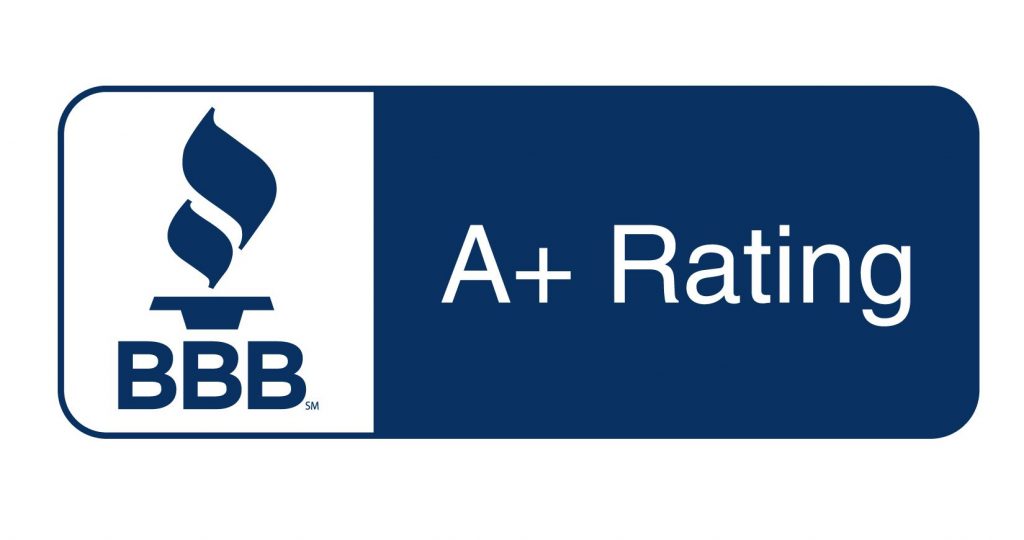Medigap Plan G offers a bit more coverage than Plan N, making it the more comprehensive option, but Plan N is a bit less expensive. Both, however, are good options.
What is Medigap?
Medigap, or Medicare Supplements, are additional, supplemental insurance plans that cover many of the out-of-pocket costs of Original Medicare.
There are 10 different supplements, each providing its own benefits and costs—A, B, C, D, F, G, K, L, M, and N. Plans A and B offer the smallest price points, but the least coverage. They’re still incredibly helpful, but likely not what you’re looking for if you want the most comprehensive plan. Plans K and L are cost-sharing plans. Plan K will typically provide 50% coverage while Plan L will provide 75%.
Plans C, D, F, G, M, and N fall on the slightly higher end of the price spectrum. However, they provide more coverage than the other options. Plan F in particular offers the most coverage of any of the 10 options. However, it and Plan C are no longer available to new Medicare enrollees as Medigap plans are no longer allowed to provide coverage for the Part B deductible, resulting in these plans being phased out.
That leaves us with Plans G and N as the most comprehensive.
Medigap Plan G
Plan G is the next closest to Plan F in terms of benefits. It covers:
- Part A Coinsurance & Hospital Costs
- Part B Coinsurance/Copayment
- First 3 Pints of Blood for Transfusions
- Part A Hospice Care Coinsurance/Copayment
- Skilled Nursing Care Facility Coinsurance
- Part A Deductible
- Part B Excess Charges
- 80% of Foreign Travel Emergency Care
Medigap Plan N
Plan N comes in a close second to Plan G. It covers:
- Part A Coinsurance & Hospital Costs
- Part B Coinsurance/Copayment
- First 3 Pints of Blood for Transfusions
- Part A Hospice Care Coinsurance/Copayment
- Skilled Nursing Care Facility Coinsurance
- Part A Deductible
- 80% of Foreign Travel Emergency Care
The difference between Plan G and N, then, is that Plan N does not cover Part B excess charges.

Plan G Vs. Plan N and Other Options
Generally speaking, Plan G is the more comprehensive of the two. Because it includes more benefits, however, it will be more expensive. When it comes to the amount of benefits included in a plan, you should expect to see those additions reflected in the month-to-month premium payment.
If you would rather have Part B excess charges covered in your plan, then, Plan G is for you. However, if you are willing to pay this out-of-pocket for a lower monthly premium, you may want to consider Plan N.
Plan N is also identical to the benefits offered in Plan D. It, however, has a different payment structure. When you receive care, you have a copayment fee with Plan N—with Plan D, you do not.
This simple difference means that Plan N is less expensive. So, if you’re deciding between Plan N and G, you will be deciding on how much coverage you want to be included in your premium.
Can I Switch Medicare Supplement Plans?
One benefit of Medicare Supplement plans is that you may have more flexibility to change your plan, but there are some things to keep in mind.
What Is A Medicare Supplement?
Medicare Supplement plans are also referred to as Medigap plans, and as the name suggests, they often supplement the coverage provided by Original Medicare (Parts A and B). These plans cover some out-of-pocket costs not paid by Original Medicare, such as copayments or coinsurance. Every standardized Medicare Supplement plan with the same lettered name has the same basic benefits regardless of where you buy the plan. So, for example, every Medicare Supplement Plan G includes the same basic benefits. Suppose you have Medicare Supplement Plan G (or any letter), and you see a plan of the same name being sold by a different insurance company. In that case, the basic benefits will be the same.
Reasons For A Change
- You prefer to purchase your plan from a different company.
- You found a Medicare Supplement plan for a lower cost. This could be the same plan from another company or a different plan from the same company.
- You need more coverage, and you’d like to switch to a plan with more benefits.
- You don’t need all the benefits that your Medicare Supplement plan offers, and you’d like to switch to a plan with fewer benefits to save money.
When Changes Are Allowed
If you are enrolled in Medicare Parts A and B, you can apply for a new Medicare Supplement or to change your supplement plan at any time. You may be charged a higher premium or denied coverage based on your medical history unless you have guaranteed issue rights. Guaranteed issue rights mean you can’t be turned down, and they apply when the following conditions are true:
- You’re enrolled in Original Medicare
- You’re in your Medigap Open Enrollment Period
- You have guaranteed issue rights after your OEP because:
- You signed up for a Medicare Advantage plan for the first time but decided to drop the plan and enroll in a Medicare Supplement insurance plan instead.
- You have a Medicare Select plan, and you’re moving out of the plan’s service area. This is generally the only Medicare Supplement plan that has a provider network.
- You’ve had your current Medicare Supplement insurance plan for less than six months.
The Free Look Period
Another unique feature of Medicare Supplement plans is using the “free look” period. You can only be enrolled in one Medicare Supplement plan at a time, with one exception. If you decide to change from one supplement plan to another, you have the option of trying out the new plan for 30 days before you disenroll from your old plan. You are still responsible for premiums for both plans during this time, so it’s not truly free, but if you decide you’d instead stick with your old plan, you can do so during the 30-day window.
For more information feel free to reach out at (704) 765-4689!





